Injury Edition: Low Back Sprain
Posted by EasyFlexibility Team on

Athletes are very tuned in to the messages the body sends on a daily basis. They must act quickly when an injury is present. By this time, you have learned how to identify whether your pain is just a sore muscle or if you are dealing with a potential injury.
If you are just joining us, check out The Injury Edition: Good Pain vs Bad Pain for this information. Today we will be focusing on the low back and discussing specific injuries, causes, and preventative measures starting from the bottom up.
The Low Back
The lower back is made up of three major muscle groups:

- Extensors: Including the erector spinae, this group helps you stand up straight, rotate, and lift.
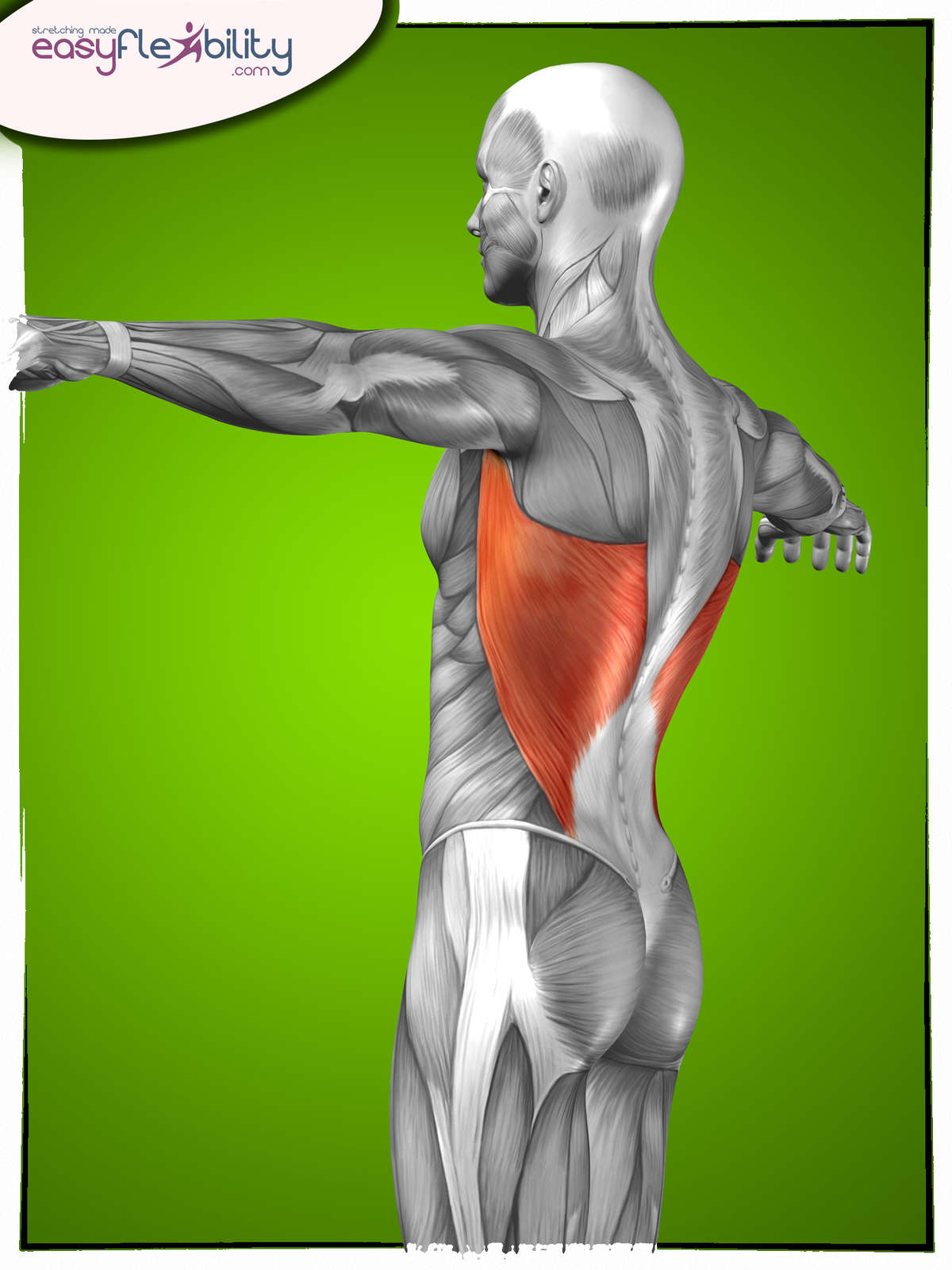
- Flexors: This group attached to the front of the spine and bends the spine forward and back.
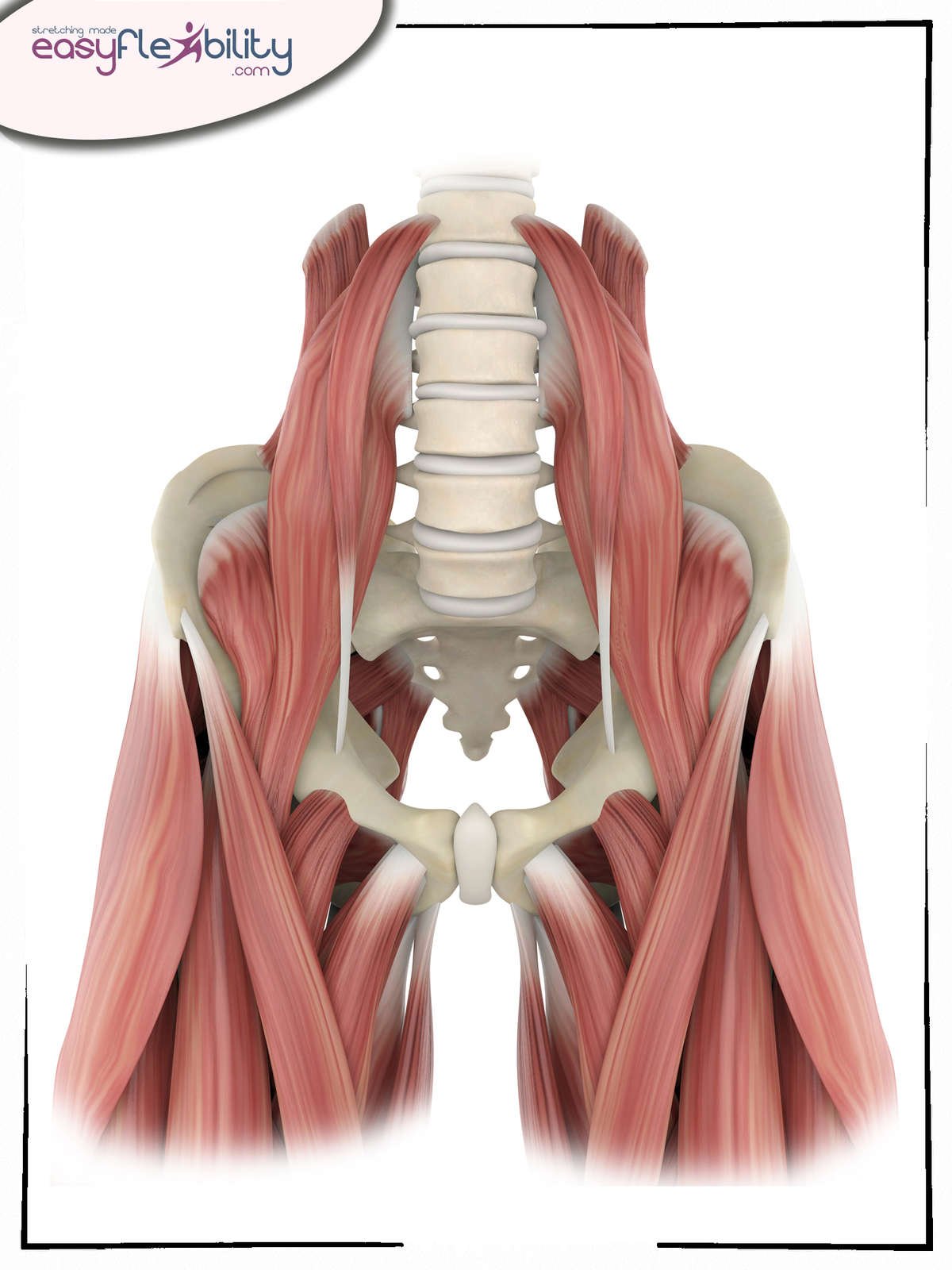
- Iliopsoas: The “psoas” muscles attach both to the lower spine and to the pelvis, allowing your body to rotate, bend, flex, and stabilize the spine while standing.
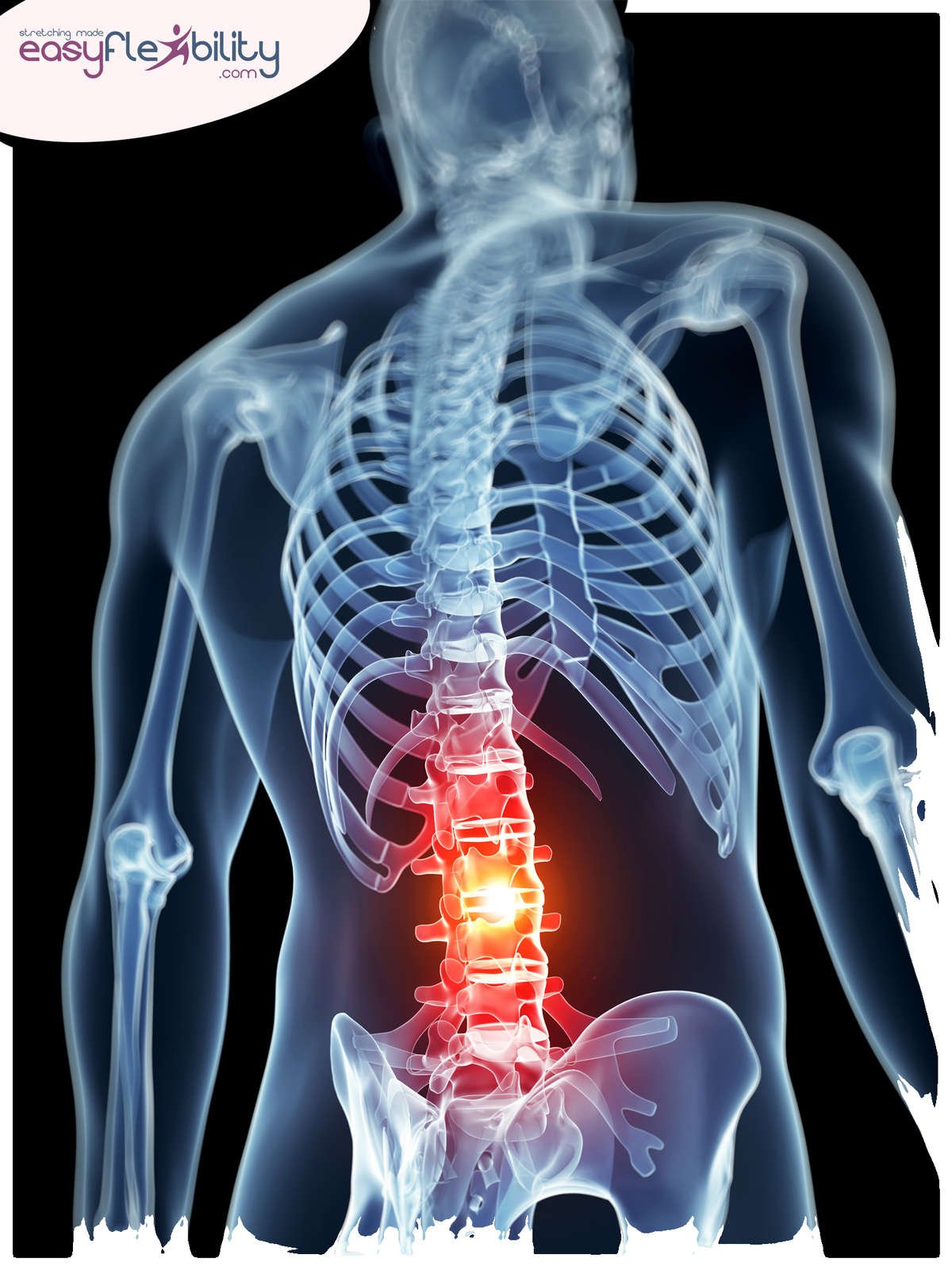
These muscles are centered around the five vertebrae of the lower or “lumbar” spine.
You may be familiar with the term “lumbar support” as a selling point when it comes to purchasing a car or an office chair. The low back is a main stress point within the body, holding up much of your body’s weight as the muscles surrounding your core work to stabilize your movements. As you learned in Technique Tidbits: Arabesque, poor day-to-day posture such as slouching over a desk at school or work, can lead to uncomfortable low back pain. Many times, you will hear someone say the phrase, “I threw out my back”, which leaves the person immobilized for days at a time. Lower back injuries can happen in a split second.
What causes them and how can they be treated?
Are there preventative measures an athlete can take to prevent a low back injury?
Are there preventative measures an athlete can take to prevent a low back injury?
Let’s take a look at one of the most common lower back injuries: low back sprain.

Low Back Sprain
The spine as a whole is in constant motion. It twists, bends, and extends rapidly over and over many activities of an athlete. That is a lot of pressure put on the body, especially because many movements happen simultaneously. A little too much stress on the lower back and you can quickly find yourself nursing a sprain. A “sprain” on any part of the body occurs when LIGAMENTS are unusually stretched or torn.
If MUSCLES are stretched too far or torn, it is called a “strain”. When a sprain occurs, the area surrounding the ligaments becomes irritated and inflamed, leading to muscle spasm. Muscle spasm equals extremely limited range of motion if any at all. Because a dancer is always looking to do MORE, injury to the back is highly likely unless preventative measures are taken.
Treatment
Treatment for a low back sprain is fairly simple, but can be lengthy depending on the severity of the injury. As with most injuries, ice is your best friend and first step to recovery. As a dancer knows, when the body is “cold” or not warmed up, muscles feel tight. Since a sprain occurs when ligaments are stretched or torn, causing muscle spasm, the last thing you want to do is stretch MORE.
Icing helps the muscles contract and ease swelling. Ice for about thirty minutes every few hours during your first couple of days in recovery. Only AFTER the swelling has subsided, should you gently apply any heat to the sprained area. Between ice, gentle heat, and the occasional anti-inflammatory, you will be good to go. Still, remember to take it easy. Back injuries are not to be messed with! Take your time to recover fully before jumping back into class.
Prevention
Can lower back sprains be prevented? The answer…ABSOLUTELY! Just like all muscles in the body, imbalances can happen when an opposing muscle group is weaker or stronger than its counterpart. The lumbar spine is supported and stabilized by the abdominal muscles. If the abdominals are weak, it can cause your pelvis to tilt forward (anterior pelvic tilt). This is also known as “sitting” in your lower back. An anterior pelvic tilt immediately sends pressure into the lumbar spine. Luckily, there are an amazing number of exercises you can practice to strengthen your abdominals, alleviate lower back stress, and minimize your risk of injury.

- Crunches on a stability ball
Use a ball instead of just performing the exercise on the floor. This will create a more advanced level of action in the core since all of your abdominal muscles must work together to stabilize your body from rolling side to side.

- The Pilates Hundred
The classic “100” is a great way to warm up your abs before class. Lay on your back with knees bent and arms at your sides, palms down. In one fluid motion, reach your fingertips toward your feet, pull your belly button into your spine and lift your shoulders off of the floor. While pumping your arms up and down, inhale for five counts and exhale for five counts. Repeat nine more times for a total of ten breaths.
To add more of a challenge, lift the legs into a tabletop position. Need even more challenge? Once in tabletop, extend the legs straight out to a 45 degree angle.

- Plank
A dancer favorite, planks not only engage the abdominals, but your entire body! Remember, keep an eye on that lower back. Do not let it drop! Focus on pulling your belly button inward toward your spine.
Strengthening your abdominal muscles is key when it comes to protecting your lumbar spine. Back injuries can set your body back for weeks at a time, so it is important to act first before your body can react. By adding these exercises into your pre-class routine, you will notice significant differences in your stability that will transform your dancing. Say bye bye to back pain and make sure to keep us posted on your amazing progress!
Let us show you how to ease your low back pain
Our programs are scientifically based and created by a world-renowned fitness & flexibility expert Paul Zaichik
It’s a widely-known fact that incorrect posture leads to back pain, shoulder strain and neck discomfort. It can even limit movement. That’s when most people turn to chiropractors and health routines to minimize their pain. But if you go on a program now, you can save yourself all of the adverse effects before they’ve even happened.
Back Pain Management Program
Lower Back Focus Online Training
In this training online course you will learn a series of easy exercises in a
progressive program designed to eliminate or reduce back pain and prevent
future problems!
progressive program designed to eliminate or reduce back pain and prevent
future problems!
© ElasticSteel Corp., EasyFlexibility, Paul Zaichik, et. El., 2022. No part of the materials available through ElasticSteel.com, EasyFlexiiblity.com, site may be copied, photocopied, reproduced, translated or reduced to any electronic medium or machine-readable form, in whole or in part, without prior written consent of Paul Zaichik EasyFlexibility.com, Elasticsteel.com.. Any other reproduction in any form without the permission of Paul Zaichik EasyFlexibility.com, Elasticsteel.com is prohibited. All materials contained on this site are protected by United States copyright law and may not be reproduced, distributed, transmitted, displayed, published or broadcast without the prior written permission of Paul Zaichik, EasyFlexibility.com, Elasticsteel.com.
Share this post
- 2 comments
- Tags: back pain, conditioning, easyflexibility, injuries, injury prevention, low back sprain
2 comments

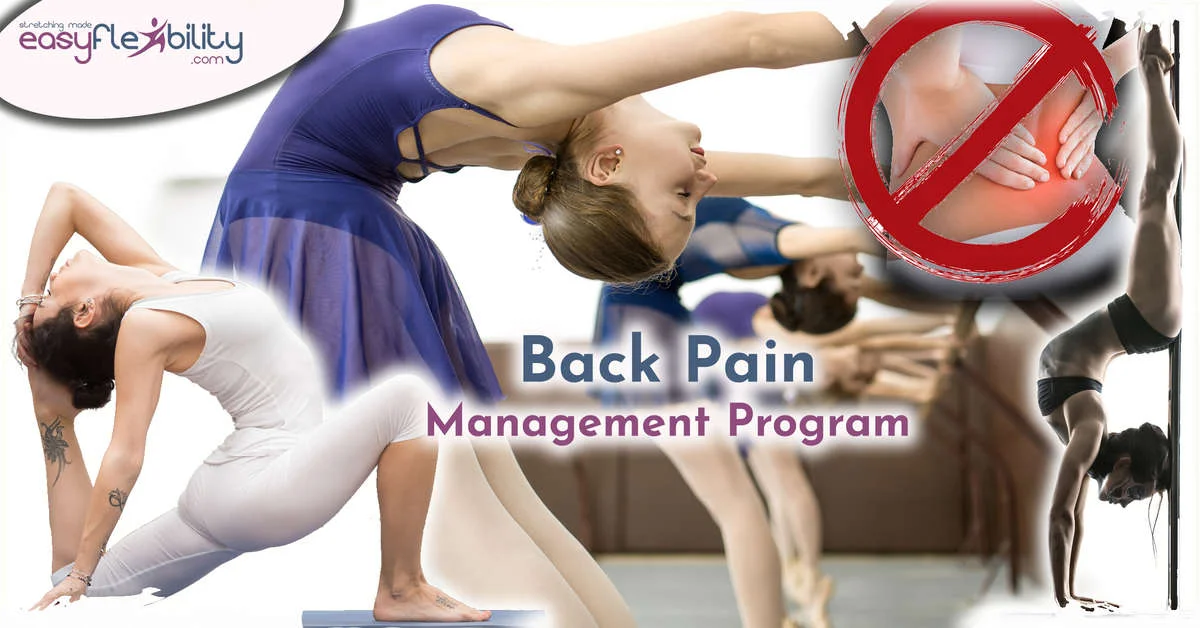
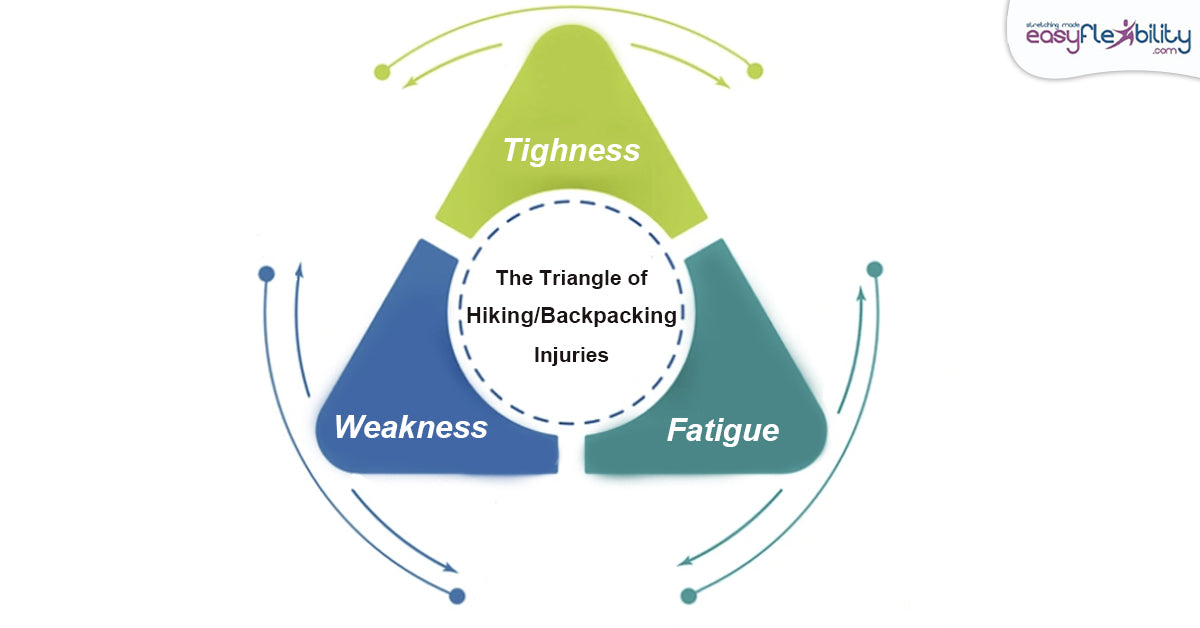
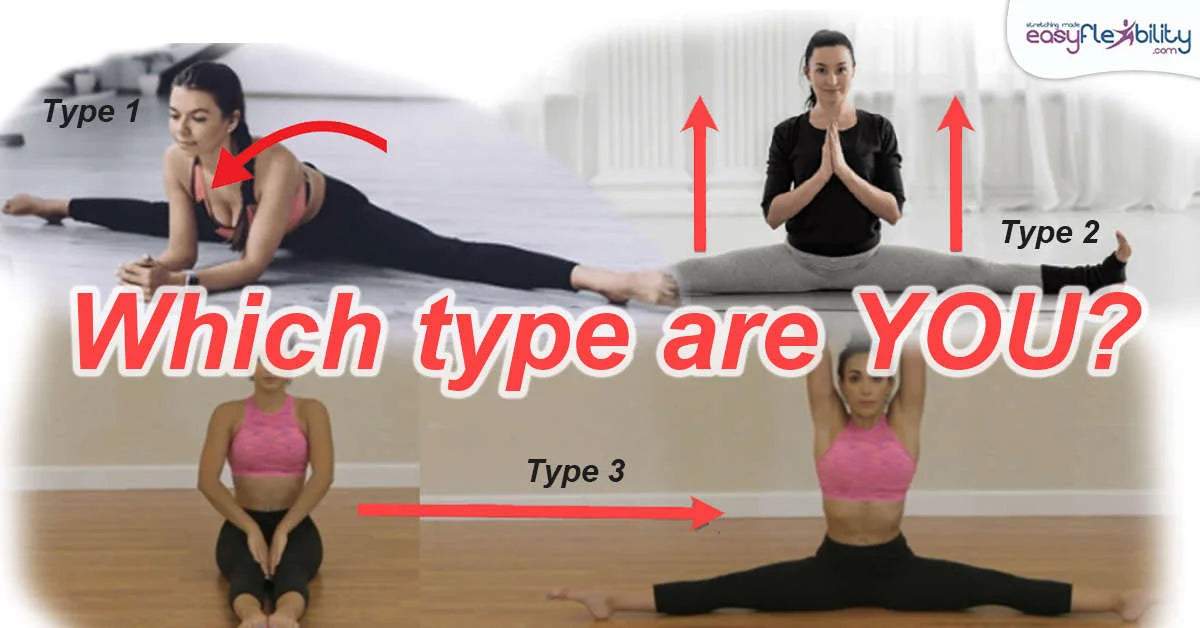

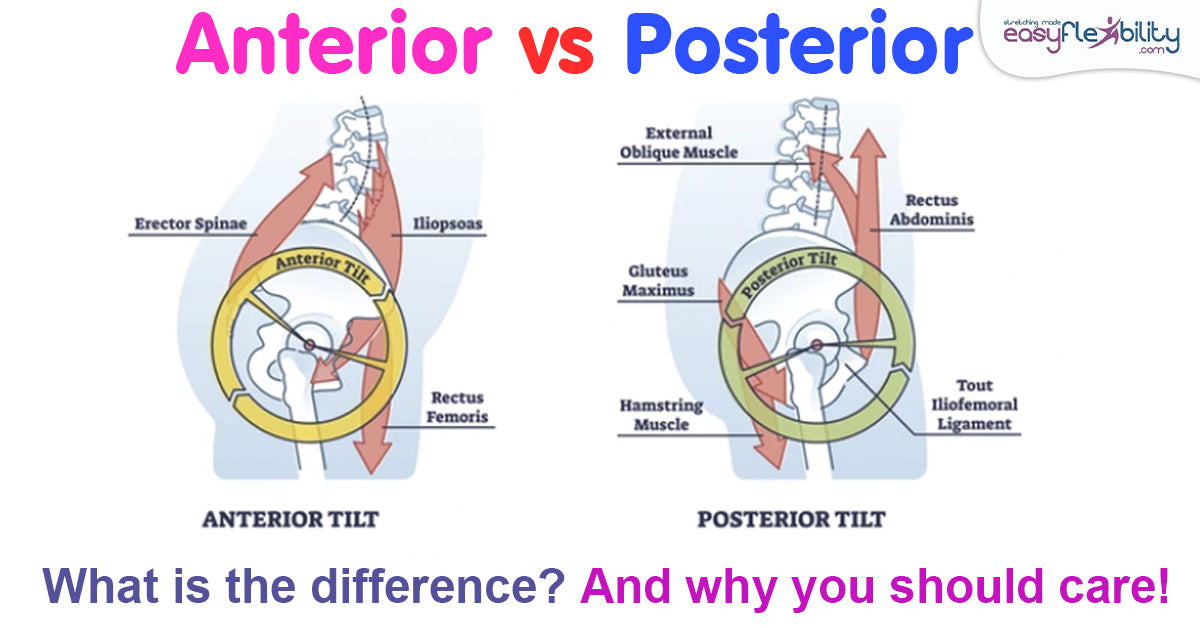


Thank you for explaining
Spine Surgeon In Noida
interesting knowledge on back pain!